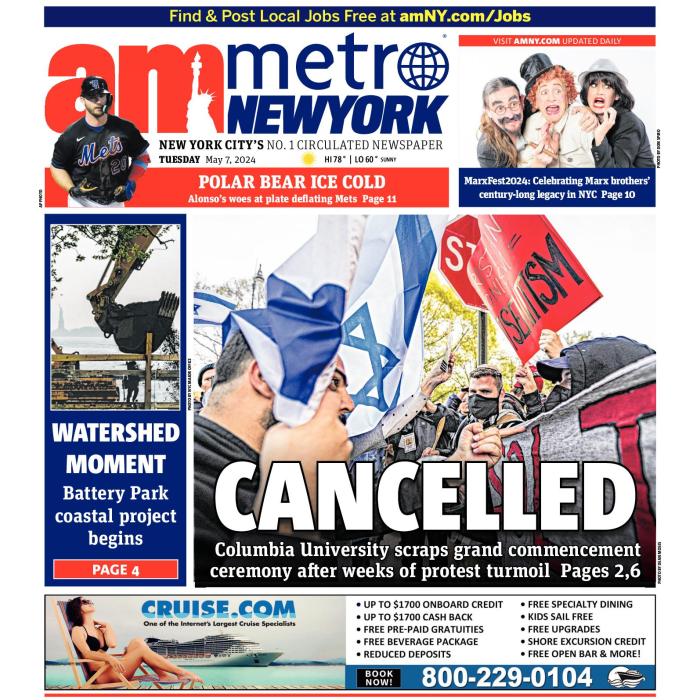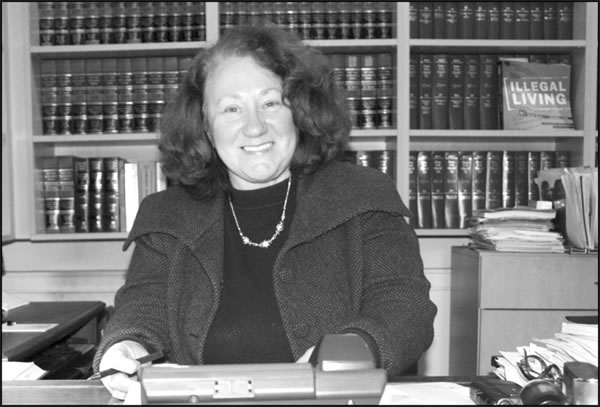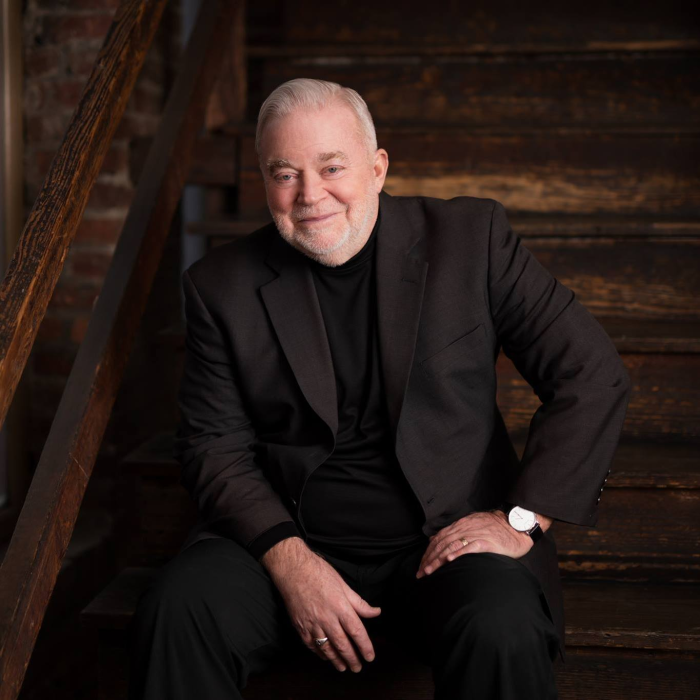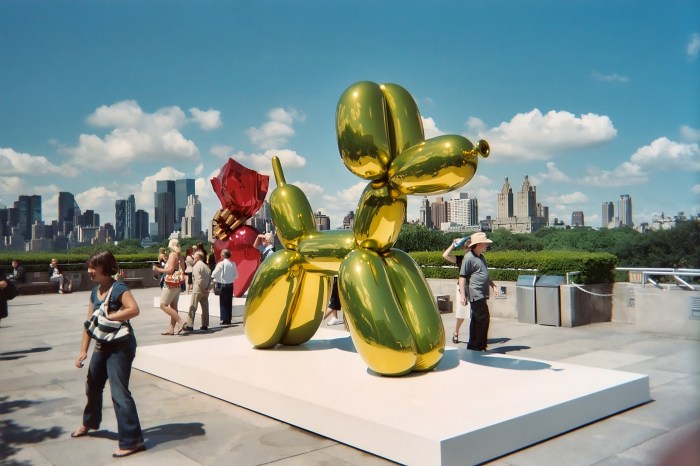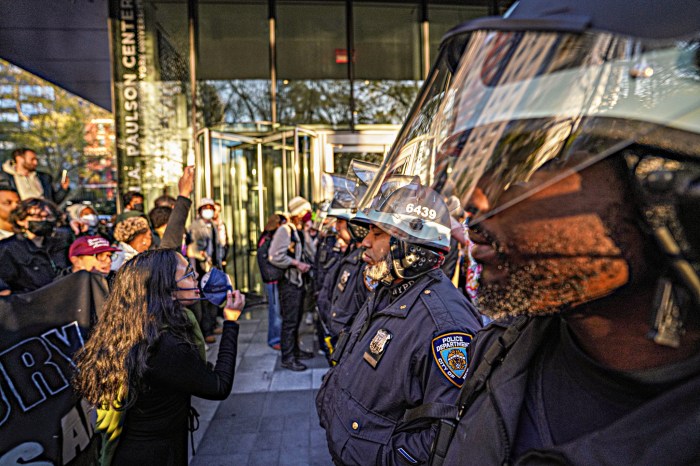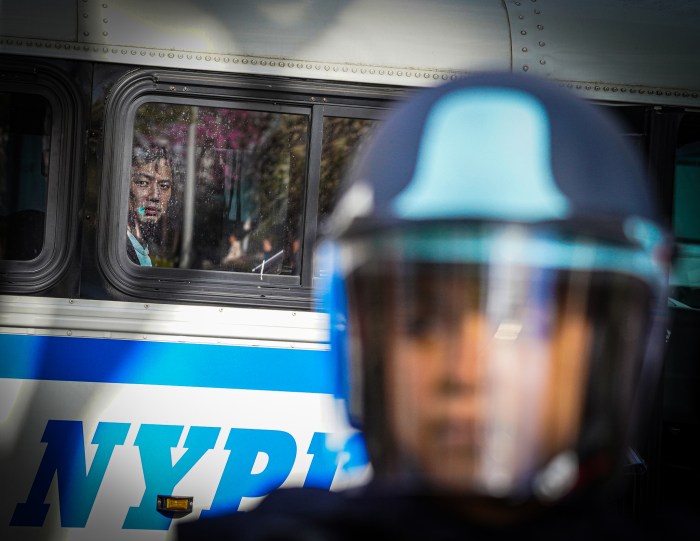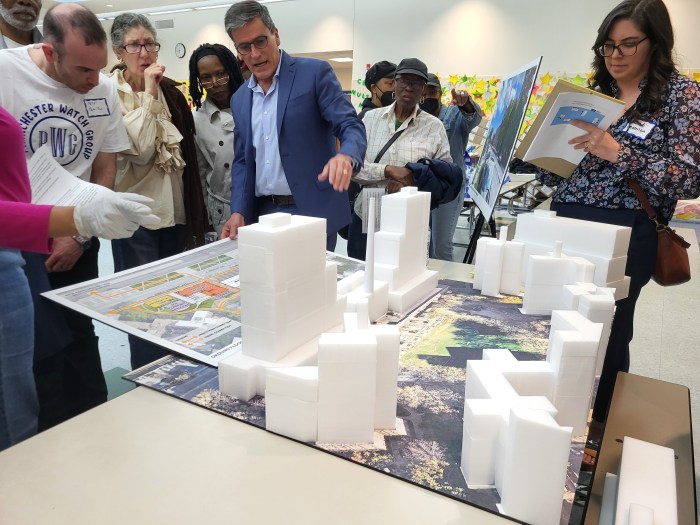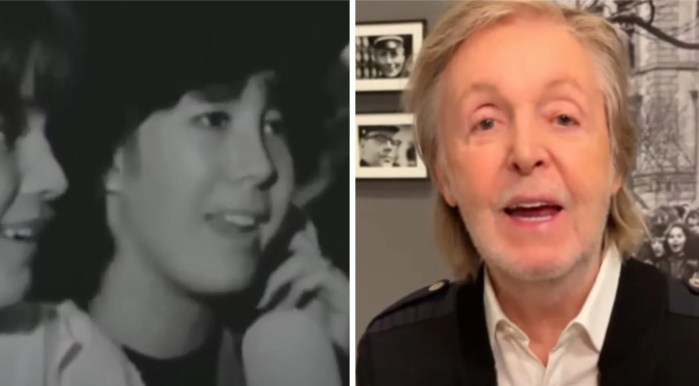By Aline Reynolds
Two of the city’s trendiest neighborhoods have a regulation in their zoning law that some loft residents say is outdated and want the city to do away with.
Other area residents, however, might be displaced if the regulation is abolished.
The artist certification for residents of Soho and Noho, established in the early 1970’s, when artists began populating the area, requires at least one member of households to be a “creative” artist. They must prove their status in an application to the city’s Department of Cultural Affairs.
Soho and Noho’s special zoning allows for residential use in artists’ joint work-living quarters — in keeping with the neighborhoods’ historic light-manufacturing character.
Section 12-10 of the New York City Zoning Resolution refers to individual lofts in Soho and Noho as “arranged and designed for use by…not more than four nonrelated artists,” including “adequate working space reserved for [each] artist.”
The rule is “a stopgap measure designed to appease both artists and building owners who did not want the violations for illegal occupancy,” according to Margaret Baisley, a Soho-based real estate lawyer who strongly opposes the zoning law’s artist-in-residence provision.
Residents who apply for artist certification must submit a “professional fine arts” résumé, two letters of recommendation and other material that demonstrates at least five years of commitment to a particular fine-art genre.
Successful applicants are permitted to have commercial jobs in the arts or side jobs in other fields, but must exhibit a “professional,” noncommercial involvement in the creative arts, according to the application. Interpretive artists, such as musicians, actors and dancers, are generally ineligible for certification. D.C.A. claims not to aesthetically judge the applicants’ artwork. A D.C.A. spokesperson did not respond to questions by press time.
In 2009, the city rejected half the artist-certification applications it received.
The administration has recently stepped up enforcement of the law, which it ignored for several years, according to Baisley. The Department of Buildings now denies certificates of occupancy for buildings until each residential unit has an artist certificate. D.O.B. also requires proof of certificate for Soho and Noho loft occupants who apply to renovate their spaces.
Nevertheless, many residents violate the rules, and occupy their lofts illegally, according to various sources.
Baisley said only about 20 to 30 of her Soho clients per year make the effort to comply with the zoning rules. About half of them get approved, while the other half get denied. Several others sell their lofts rather than bother hunting down artist tenants to occupy them.
Baisley helps her clients avoid fines and appointments at the agency administrative court by gathering together every bit of evidence attesting that they are, indeed, creative artists.
One attorney she represented didn’t want the stigma of living illegally in Soho, so she moved elsewhere.
“We don’t think you should make criminals of people who want to come into this area,” Baisley said. The Buildings Department, she continued, should focus on collapsing cranes and other hazardous issues, rather than hire “artist police” to penalize Soho and Noho residents who lack artist certification.
Baisley also objects to the moral implications of a zoning requirement that sets occupational parameters.
“Are we going to have a protected class of zoning for every profession?” she said. “We don’t zone for butchers, bakers or candlestick makers.”
Some Soho residents, however, like Sean Sweeney, director of the Soho Alliance, appreciate the law’s restrictions. A nonprofit community organization overseeing the neighborhood’s quality of life, the Soho Alliance would be influential in any potential effort by the city to rezone Soho and Noho.
Sweeney said the law discourages aggressive landlords from taking over the area and hiking maintenance fees in an effort to evict longtime artist residents.
“It’s really an affordable housing question,” said Sweeney. “By maintaining the zoning, you’re maintaining the ability of artists — of whom there are thousands — to live here.”
But, conversely, artist residents who have certification and wish to leave the area are bearing the financial burden of an outdated law, according to Baisley.
Their lofts, often their biggest investments, are now tricky sells. Buyers are cautioned by lawyers and financial advisers instead to look at other desirable neighborhoods, like Tribeca, to avoid the risk of violating the zoning law.
And since the city began cracking down on illegal residents in the mid-2000’s, banks are more wary about giving loans to residents in the area, according to a New York Times article last November, since they fear that lofts that foreclose would be difficult to resell.
“It’s very tough to find buyers who comply with the statute, and can pay the price, or who want to assume the risk of moving into this area and living illegally,” said Baisley.
As a result, elderly Soho and Noho residents looking to sell their homes and move to warmer climates or into retirement homes will get the short end of the stick, according to a Broome St. resident who requested anonymity.
“The only asset they have is their home,” he said. “Because of this law, they’re going to take less money, when it’s desperately needed? It’s ridiculous.”
Echoed Baisley, “They should be able to sell them at a fair price, not at an artificial, depressed price because a statute from 40 years ago is suddenly being enforced.”
The artist-in-residence rule, Baisley said, is also financially damaging to the city, which loses millions of dollars in transfer taxes from fewer sales at lower prices.
In response, a spokesperson for the Department of City Planning, said, “As was recognized at the time the Soho zoning was established, creative communities are critical to the city’s future and are an important component of our economic base.”
The Broome St. resident has artist certification, but deems the law archaic and hypocritical, in that many current Soho residents aren’t artists and live there illegally.
Some residents, he said, go as far as to assemble a phony artist’s portfolio.
In some cases, others who are legitimate artists and would presumably fit into the “creative” category, still are not granted certification. David Carlin, who has lived on Wooster St. since 1978, was recently denied certification because he didn’t present enough artwork as evidence to prove being an artist is his primary vocation. He described the application procedure as “kind of rough.”
“They wanted me to submit more pictures of my work from shows — more than I was able to,” he said. It wasn’t worth his time or energy, he said, to appeal the decision. He isn’t required to have artist’s certification, though, since he and some other longtime tenants in his building were grandfathered into the special zoning when it was amended in 1986.
Carlin, a sculptor by trade who is now semi-retired, ran a sculpture shop at The Cooper Union, on E. Seventh St., for 30 years. He feels offended the city doesn’t consider him to be part of the Soho artists community.
“It seems like an elite club that’s got its own kind of standards,” he said.
Like many Soho residents, Carlin believes the requirement is unrealistic and should be reconsidered.
Other residents, however, depend on the law in order to avoid being evicted from their lofts. One couple — the wife is a filmmaker, and the husband is a television director — said the zoning is designed to protect artists who have lived in the neighborhood for decades.
The couple, who live on Crosby St., requested anonymity for fear of retaliation by their landlord.
“I understand that all these people want to move here, ’cause it’s a hot neighborhood now, but isn’t it unethical?” the wife said of non-artists living in Soho. “It seems like downright greed that they just want to change the rule, and put the people living here at risk.”
The couple’s landlord has tried to evict them and their neighbors every year since the 1980’s, when they moved in. The landlord, who owns a grocery store on the ground floor, purchased the building in 1990, thinking he got a great bargain and would be able to drive out the artist tenants, according to the wife.
“What has protected us is that we have artist’s certification, and he doesn’t,” said the wife. This is why, she explained, the landlord is denied the right to vacate the building every time he tries to evict his tenants.
The wife works at Christie’s, the well-known fine-arts auction company, as an art historian and producer, but gained her artist’s certification from her side work in independent film production.
Becoming certified, she recalled, was straightforward and painless.
“I told them I had a job, but also showed them footage and projects I had produced independently that were nonprofit,” she said.
Peter Reginato, a sculptor who rents a loft on Greene St., agreed that the artist’s certification requirement protects artists from predatory tactics by landlords, like his own, who has tried to evict him several times in the last 30 years.
“I’d be completely vulnerable myself to having my landlord take back the loft,” he said, were the artist residency requirement revoked.
Like in the Crosby St. couple’s situation, the arbitrator in Reginato’s case continues to dismiss it because the landlord isn’t a certified artist.
D.O.B. began enforcing the artist-in-residence law in the mid-2000’s, according to Baisley, when Patricia Lancaster was appointed Buildings commissioner.
“Lancaster developed a system of rotating inspectors from borough to borough every few months so they wouldn’t develop close relations with the developers whom they were inspecting,” Baisley said.
Soon enough, the inspectors were knocking on the doors of Soho lofts and demanding to see certification, which was also required back then for the building to gain a valid certificate of occupancy. The buildings’ doormen, Baisley said, would laugh them out the door, telling them the statute hasn’t been enforced in 25 years.
But when the inspectors returned with the proper paperwork, she said, they would start doling out violations to anyone living there illegally.
Baisley stressed that she and others who wish to see the certification law repealed don’t want longtime artists to lose their lofts.
“We’re not interested in throwing artists out on their ear,” said Baisley. “We just want everyone to live in peace in their own homes.”
In order for rezoning to occur, a group of Soho and Noho residents might have to band together to create a 197-c rezoning plan, a time-consuming and costly endeavor. Hiring a private consulting firm to compile demographic data, Baisley said, would cost about $1 million.
Trying to tally the total number of artists in the area by knocking on doors or otherwise, would be a useless venture.
“No one will put their hand up and say, ‘I’m living here illegally, please rezone the neighborhood,’” she said.
The Bloomberg administration recently said it would only consider rezoning Soho if there was a communitywide campaign behind it. And, until Sweeney receives a groundswell of complaints about the current zoning, he said, there will be no such campaign.
